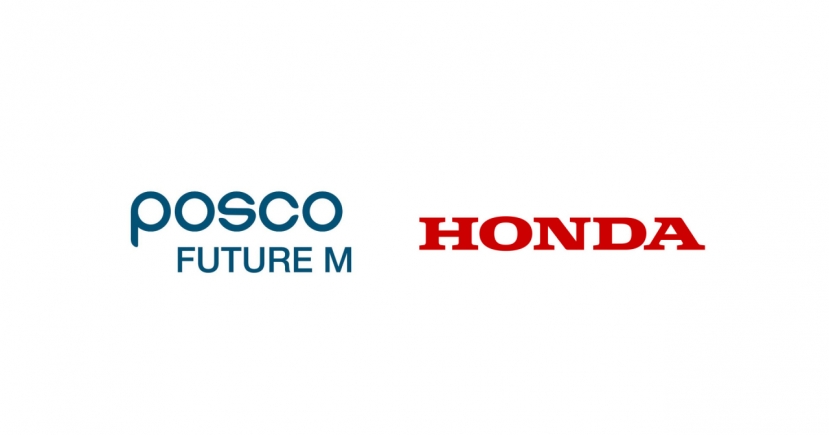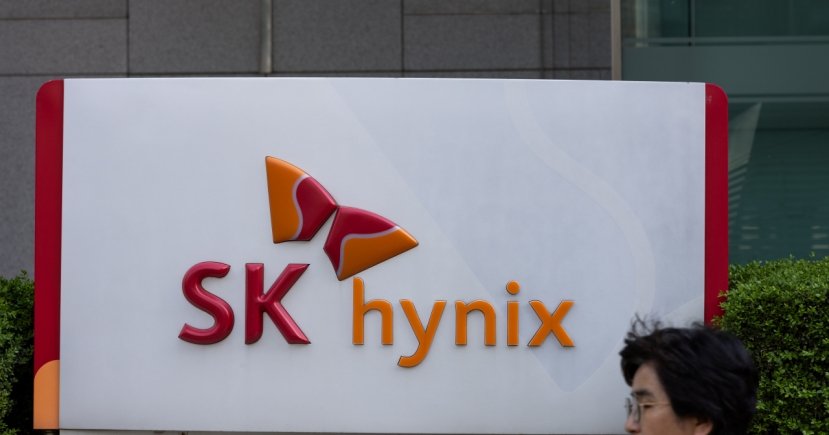Market Now
[KH Explains] Shipping constraints shackle Korea's auto export boom
 |
Hyundai Motor vehicles bound for export await shipment at a port near the company's plant in Ulsan in January. (Bloomberg) |
Korean automakers are grappling to maintain their export momentum due to a shortage of car carriers to transport them, driven by the increasing volume of Chinese automotive exports and stringent maritime environmental regulations. The scenario has led to an unprecedented rise in the cost of chartering vehicle transport vessels.
Last year, South Korea's auto production exceeded 4 million units for the first time in five years in 2023, with auto exports reaching a record $70.9 billion, contributing to a trade surplus of $55 billion as the country's top export item.
Severe disruptions
Hyundai Motor and Kia, the top two Korean carmakers, are among those hit hard by the carrier scarcity, despite their long-term contracts with its sister firm Hyundai Glovis, which operates a fleet of 72 dedicated pure car and truck carriers, or PCTCs. The companies have resorted to using container ships for transporting their exports since late last year, a less-than-ideal method also adopted by Renault Korea and KG Mobility earlier last year.
Data from Clarkson Research, a leading analytics firm in shipping and trade, indicates that the average daily cost of chartering a vessel capable of transporting 6,500 car equivalent units has climbed to approximately $115,000 in the early months of this year. This figure represents a 59 percent increase from last year's average of $72,167 and highlights a nearly tenfold rise from the 2021 rate of $12,625 and a fivefold surge from the 2022 average, setting a new industry benchmark.
Soaring charter rates
The inflation in charter rates can be attributed to a combination of factors. The global fleet of car carriers has diminished to about 750 from 770 since 2019, partly due to the retirement of 49 vessels that did not meet new Energy Efficiency Index and Carbon Intensity Index standards set by the International Maritime Organization.
In addition, China's continued dominance as the world's largest auto exporter has markedly driven up car carrier demand, with ocean freight volumes escalating fivefold from roughly 600,000 units in 2020 to 3 million units last year.
Complicating the issue is the inexperience of Chinese shipyards, which, despite receiving orders from global automakers for 188 new vessels to replenish the aging fleet, have completed only 15 car carriers since 2012. It’s a trend that is expected to strain the supply chain further.
No breakthrough in sight
HMM, Korea's premier container carrier, is making a comeback to the car carrier market after a hiatus of two decades, with plans for seven new vessels. When the vessels are delivered by the first quarter of 2026, they will be leased and operated by Hyundai Glovis.
Hyundai Glovis aims to expand its fleet to 110 vessels by 2027 and has already signed contracts to cover new shipping routes with major automotive companies in Europe and America, seeking to broaden its global operational reach.
Koo Gyo-hoon, a professor of international trade and logistics at Baehwa Women's University, however, was skeptical as to the immediate impact.
“When their new ships finally hit the water in 2027, we might see an oversupply in the market,” he added.
Boon for Hyundai Glovis?
Meanwhile, Hyundai Glovis, an affiliate of the Hyundai Motor Group, is poised to capitalize on the shortage despite being somewhat late to respond.
"Looking back, not being able to jump on the export bandwagon sooner because we didn't have enough ships was a missed opportunity," said Lee Kyoo-bok, CEO of Hyundai Glovis, during the second-quarter earnings call last year.
Although Hyundai Glovis reported a decline in total annual sales and operating profit in 2023, with decreases of 4.8 percent and 13.6 percent year-on-year, respectively, industry analysts remain optimistic.
“Suppliers are still holding the reins in the PCTC market and that's not likely to change until 2025. They’ve already secured contracts worth approximately 2.2 trillion won ($1.65 billion),” said Lee Byung-geun, a researcher at Heungkuk Securities.
By Moon Joon-hyun (mjh@heraldcorp.com)








